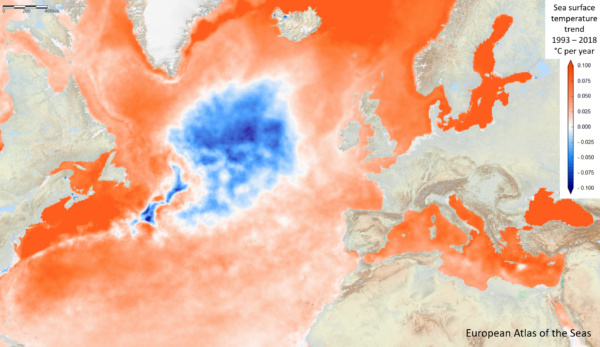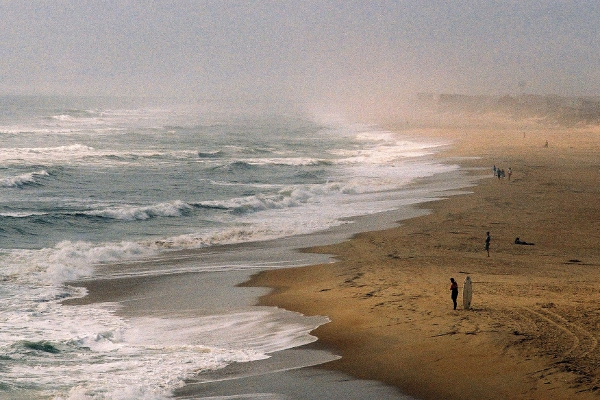
A physicist and oceanographer by training, Stefan Rahmstorf has moved from early work in general relativity theory to working on climate issues.
He has done research at the New Zealand Oceanographic Institute, at the Institute of Marine Science in Kiel and since 1996 at the Potsdam Institute for Climate Impact Research in Germany (in Potsdam near Berlin).
His work focuses on the role of ocean currents in climate change, past and present.
In 1999 Rahmstorf was awarded the $ 1 million Centennial Fellowship Award of the US-based James S. McDonnell foundation.
Since 2000 he teaches physics of the oceans as a professor at Potsdam University.
Rahmstorf is a member of the Academia Europaea and served from 2004-2013 in the German Advisory Council on Global Change (WBGU). He was also one of the lead authors of the 4th Assessment Report of the IPCC. In 2007 he became an Honorary Fellow of the University of Wales and in 2010 a Fellow of the American Geophysical Union.
More information about his research and publication record can be found here.
All posts by stefan.


